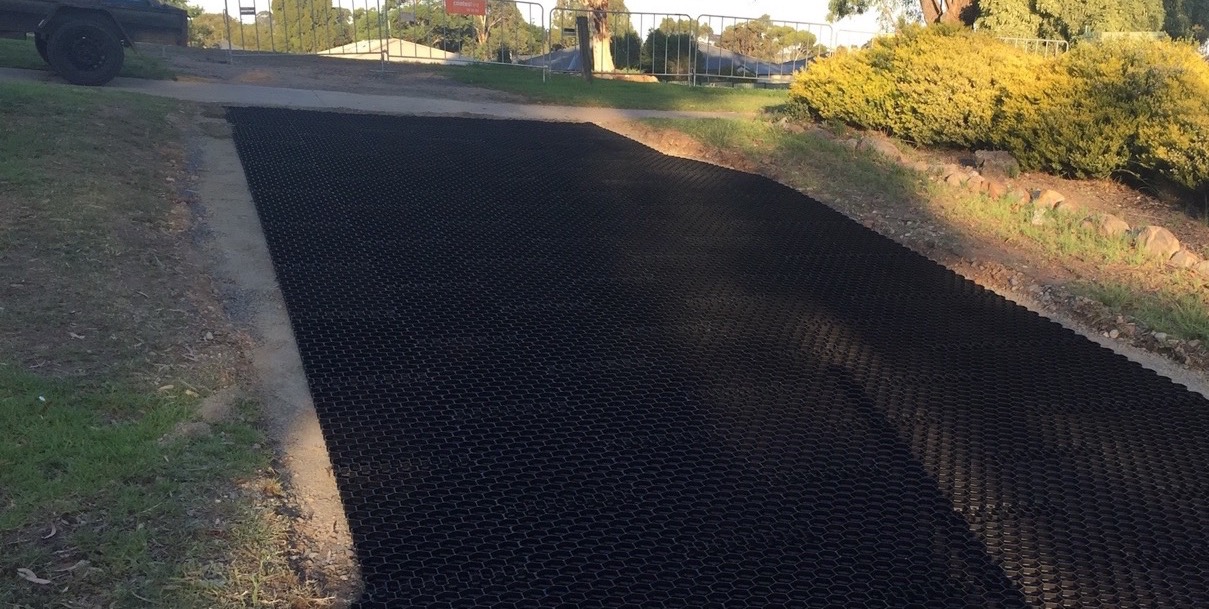

Articles
What Is The Maximum Slope For A Driveway
Modified: December 7, 2023
Discover the maximum slope for a driveway with our informative articles. Learn about the factors that affect driveway slope and how to ensure optimal safety and functionality.
(Many of the links in this article redirect to a specific reviewed product. Your purchase of these products through affiliate links helps to generate commission for Storables.com, at no extra cost. Learn more)
Introduction
A driveway is an essential component of any residential or commercial property, providing a dedicated space for vehicles to park and maneuver. Whether you are constructing a new driveway or renovating an existing one, it is essential to consider the maximum slope to ensure safety, functionality, and aesthetics.
The maximum slope for a driveway refers to the steepest angle at which it can be constructed while still allowing vehicles to comfortably drive up and down. Understanding the factors that determine the maximum slope for a driveway is crucial in order to comply with local building codes, ensure safety, and select the appropriate materials for the project.
In this article, we will explore the various factors that influence the maximum slope for a driveway, discuss the importance of adhering to local building codes and safety considerations, and provide some practical tips and recommendations for designing a driveway with a maximum slope.
Whether you are building a driveway for a residential home or a commercial property, the information provided here will help you make informed decisions and create a functional and visually appealing space that meets your needs.
Key Takeaways:
- Prioritize safety, functionality, and aesthetics when determining the maximum slope for a driveway. Consider local building codes, site conditions, vehicle type, and length of the driveway for a well-balanced design.
- Consult with professionals and adhere to local building codes for a safe and compliant driveway. Consider materials, safety factors, and design tips to create a visually appealing and functional space.
Read more: How To Measure A Slope Of A Driveway
Factors that Determine Maximum Slope for a Driveway
Several factors influence the maximum slope that a driveway can have. It is important to consider these factors to ensure that the driveway is safe and functional for vehicle use. Here are some key factors to consider:
- Local Building Codes and Regulations: Local municipalities have specific guidelines regarding the maximum slope for driveways. These regulations are in place to ensure the safety of drivers, pedestrians, and neighboring properties. It is important to consult the local building codes to determine the permissible slope for your area.
- Site Conditions: The topography and soil conditions of the site where the driveway is being constructed play a significant role in determining the maximum slope. Steeper slopes can pose challenges and may require additional measures such as retaining walls, drainage systems, or reinforcement to ensure stability.
- Accessibility: The maximum slope for a driveway should consider the ease of access for vehicles. Steep slopes may impede vehicles from entering or exiting the driveway, especially for vehicles with low ground clearance or in inclement weather conditions. A driveway with a shallow slope allows for easier entry and exit for vehicles.
- Vehicle Type and Weight: The type and weight of vehicles that will be using the driveway should be taken into account when determining the maximum slope. Heavier vehicles or vehicles carrying loads may require a shallower slope to ensure safe maneuverability and prevent strain on the drivetrain.
- Driveway Length: The length of the driveway can also affect the maximum slope. Longer driveways with steeper slopes may pose challenges for vehicles to maintain traction and control, especially during wet or icy conditions.
- Aesthetics: While safety and functionality are paramount, the aesthetics of the driveway should also be considered. Very steep slopes can appear visually unappealing and disrupt the overall landscape design. Striking a balance between functionality and aesthetics is important when determining the maximum slope.
It is important to assess all these factors and strike a balance between safety, functionality, and aesthetics when determining the maximum slope for your driveway. Consulting with professionals such as civil engineers or contractors can provide valuable insights and ensure that your driveway meets all necessary requirements and standards.
Local Building Codes and Regulations
When designing and constructing a driveway, it is essential to be aware of and adhere to the local building codes and regulations governing driveways in your area. These codes are put in place to ensure the safety and functionality of driveways while maintaining the overall integrity of the neighborhood.
Local building codes and regulations vary from region to region, so it is crucial to consult with the appropriate authorities or professionals in your area to understand the specific requirements. Here are some common areas covered by local building codes:
- Maximum Slope: Building codes typically include specifications on the maximum slope allowed for driveways. This is to ensure that the slope is not too steep, making it difficult for vehicles to maneuver. The maximum slope is usually expressed as a ratio, such as 1:12 or 1:20, indicating the rise in elevation for every unit of horizontal distance.
- Driveway Width: Building codes may also dictate the minimum and maximum width of driveways. These requirements ensure that there is sufficient space for vehicles to travel safely and that emergency vehicles can access the property if needed. Local authorities may specify different width requirements for single-car and multi-car driveways.
- Setback Requirements: Setback requirements refer to the distance a driveway must be located from property lines, sidewalks, roads, or other structures. These requirements aim to prevent encroachment on neighboring properties or obstruction of pedestrian pathways. Setback requirements vary based on the specific zoning regulations of the area.
- Drainage: Building codes often include provisions for proper drainage of driveways. This ensures that any rainfall or runoff is effectively managed to prevent pooling or erosion issues. Drainage solutions such as culverts, channels, or grading requirements may be specified in the code.
- Materials and Construction: Building codes may stipulate the types of materials that can be used for driveway construction. This ensures durability, safety, and compatibility with the surrounding environment. Additionally, codes may outline construction standards related to foundation preparation, pavement thickness, and other structural considerations.
It is crucial to familiarize yourself with these local building codes and regulations before planning your driveway project. Failure to comply with these regulations can result in costly fines, delays in construction, and potential redesigns. Consulting with professionals such as civil engineers, architects, or local building authorities will help ensure that your driveway design meets all the necessary requirements and creates a safe and compliant space.
Safety Considerations
When designing a driveway, prioritizing safety is crucial to ensure the well-being of both drivers and pedestrians. Consider the following safety considerations when determining the maximum slope for your driveway:
- Traction: Steep slopes can reduce traction, especially in wet or icy conditions. It is important to ensure that the driveway’s slope is not too steep to maintain adequate traction for vehicles. This will prevent slipping, skidding, or loss of control, which can lead to accidents or collisions.
- Braking Distance: Vehicles traveling along a steep downhill slope require more braking distance to come to a complete stop. If the slope is too steep, it may be challenging for vehicles to safely stop within a reasonable distance, posing a risk to both the driver and any obstacles at the bottom of the driveway. Consider the length of the driveway and its slope when assessing the braking distance required.
- Visibility: The slope of the driveway should not obstruct the visibility of drivers or pedestrians. A steep slope may limit the driver’s line of sight, making it difficult to see oncoming traffic or pedestrians. This can create hazardous conditions, especially during peak traffic times or in densely populated areas.
- Pedestrian Safety: Driveways often intersect with pedestrian pathways, such as sidewalks or walkways. It is essential to ensure that the driveway’s slope does not pose a hazard to pedestrians. If the slope is too steep, pedestrians may find it challenging to walk or cross the driveway safely. Consider incorporating appropriate ramps or curved transitions to facilitate pedestrian movement.
- Emergency Access: In case of emergencies, such as fire or medical assistance, it is essential for emergency vehicles to reach your property quickly and easily. The maximum slope of the driveway should accommodate emergency vehicles, ensuring unimpeded access. Consult with local authorities and emergency services to ensure compliance with their requirements.
- Proper Lighting: Adequate lighting is crucial for driveways, especially those with slopes. Ensure that your driveway is well-lit to improve visibility and reduce any potential safety hazards during night-time or low-light conditions.
By considering these safety factors, you can design a driveway that promotes safe vehicle operation, minimizes the risk of accidents, and ensures the well-being of both drivers and pedestrians. Remember to consult with professionals, such as engineers or contractors, who can provide expert advice on safety guidelines and compliance with local regulations.
The maximum slope for a driveway is typically 8-10% for a straight driveway and 12-15% for a curved driveway. It’s important to check local building codes for specific regulations.
Recommended Maximum Slope for Different Types of Driveways
The maximum slope for a driveway can vary depending on the type of driveway and its intended use. Here are some general recommendations for the maximum slope for different types of driveways:
- Residential Driveways: For most residential driveways, a maximum slope of 1:12 is recommended. This means that for every one unit of vertical rise, there should be at least 12 units of horizontal distance. This slope provides a balance between ease of vehicle maneuverability and efficient water runoff.
- Steep Terrain Driveways: In areas with steep terrain or hilly landscapes, it may be necessary to construct driveways with steeper slopes. However, it is important to consult with professionals, such as civil engineers or contractors, to assess the feasibility and safety of the site. In such cases, a maximum slope of 1:8 or less is typically recommended to ensure safe vehicle operation.
- Commercial Driveways: Commercial driveways, including those for businesses, retail centers, or industrial properties, often have higher traffic volumes and heavier vehicles. In these cases, the recommended maximum slope may be lower to accommodate the increased load. A slope of 1:20 or flatter is often advised for commercial driveways to ensure the safe movement of larger vehicles and to comply with accessibility standards.
- Accessible or ADA Compliant Driveways: In areas where accessibility is a concern, such as for wheelchair users or individuals with mobility challenges, it is important to design driveways that meet the requirements of the Americans with Disabilities Act (ADA) or local accessibility codes. These regulations outline specific criteria for driveway slopes, cross slopes, and curb ramp design to ensure accessibility. Generally, an accessible driveway should not exceed a slope of 1:20.
- Stepped or Tiered Driveways: In some cases, stepped or tiered driveways are used to accommodate steep slopes while reducing the overall gradient for vehicles. This design involves constructing multiple levels or platforms connected by shorter, more manageable slopes. This allows for safe and gradual elevation changes, providing a visually appealing solution for challenging terrain.
It is important to note that these are general recommendations, and local building codes and regulations may have specific requirements for maximum slopes. Additionally, the actual maximum slope will depend on various factors such as site conditions, soil stability, and vehicle types. Consulting with professionals who have experience in driveway design and construction is highly recommended to ensure compliance with regulations and to create a safe and functional driveway for your specific needs.
Recommended Materials for a Steep Driveway
Constructing a steep driveway requires careful consideration of the materials to ensure durability, traction, and stability. Here are some recommended materials that can be used for a steep driveway:
- Concrete: Concrete is a popular choice for steep driveways due to its strength and durability. It provides a smooth surface for vehicles to traverse and can withstand heavy loads. Reinforced concrete is often used for steep driveways to enhance its structural integrity and prevent cracking or shifting under pressure.
- Asphalt: Asphalt is another common material used for driveways, including those with steeper slopes. It offers good traction and is relatively cost-effective compared to other options. However, it may require additional reinforcement, such as the use of thicker asphalt or a reinforced base layer, to accommodate the increased stresses caused by the slope.
- Pavers: Pavers are a versatile option for steep driveways, as they come in various shapes, sizes, and materials such as concrete, brick, or natural stone. They can be arranged in different patterns for added visual appeal and can easily be replaced if damaged. Pavers offer good traction and can withstand the stresses of a sloped driveway when properly installed on a stable base.
- Gravel: Gravel driveways can be a cost-effective option for steep slopes. However, it is important to choose the right type and size of gravel to ensure stability and prevent erosion. Using crushed stone with angular edges can provide better traction and prevent the gravel from shifting or being washed away by rainwater.
- Reinforced Grass Pavers: If you prefer a more eco-friendly option, reinforced grass pavers can be used for steep driveways. These pavers have open sections that can be filled with grass or planted with vegetation, allowing for better absorption of rainwater and reducing runoff. Reinforced grass pavers provide a natural look while providing stability and traction on the slope.
When selecting materials for a steep driveway, it is important to consider the specific characteristics of your property, such as soil conditions, rainfall patterns, and the expected traffic load. Additionally, working with experienced contractors or civil engineers is recommended to ensure proper installation and adherence to local codes and regulations.
Remember, the choice of materials should prioritize safety, durability, and functionality in order to create a driveway that is both aesthetically pleasing and able to withstand the unique challenges posed by a steep slope.
Design Tips for a Driveway with Maximum Slope
Designing a driveway with a maximum slope requires careful planning and consideration to ensure both safety and functionality. Here are some design tips to keep in mind when creating a driveway with a steep slope:
- Curved Transitions: Incorporating curved transitions at the top and bottom of the slope can help smooth the transition for vehicles entering or exiting the driveway. This design feature allows for a more gradual change in slope and improves the overall flow between the driveway and the surrounding landscape.
- Proper Drainage: Adequate drainage is crucial for driveways with a maximum slope. Installing a suitable drainage system, such as French drains or surface channels, can prevent water from pooling on the driveway and causing erosion or compromising the stability of the slope. Consult with professionals to assess the specific drainage needs of your driveway and incorporate appropriate solutions.
- Retaining Walls: Retaining walls provide structural support and help stabilize steep slopes. They can be constructed using various materials such as concrete, stone, or brick. Retaining walls not only add visual interest to the driveway design but also help prevent soil erosion and ensure the longevity of the driveway.
- Vehicle Turnaround Space: Consider incorporating a wider turnaround space or a flattened area at the top or bottom of the driveway slope. This provides ample space for vehicles to turn around safely without the need for complicated maneuvers, especially for properties with limited space or narrow access points.
- Appropriate Markings and Signage: Clear and visible markings, such as reflective strips or signage, can aid drivers in navigating the driveway’s steep slope. Installing appropriate signage, such as warning signs for steep inclines or directional arrows, helps alert drivers to the specific conditions they will encounter and promotes safe navigation.
- Proper Lighting: Adequate lighting is critical for driveways with steep slopes, especially during nighttime or low-light conditions. Ensure that the driveway is well-lit to improve visibility and reduce any potential safety hazards. Strategically placing lighting fixtures along the driveway’s path can guide drivers and enhance safety.
- Landscaping Integration: Integrate landscaping elements such as plants, trees, or decorative rocks along the driveway to soften the overall appearance and blend it harmoniously with the surrounding environment. Landscaping can also help with erosion control and provide visual interest, enhancing the overall aesthetics of the driveway.
Remember, proper planning and consultation with professionals are essential when designing a driveway with a maximum slope. By incorporating these design tips, you can create a safe, visually appealing, and functional driveway that complements your property while accommodating the steepness of the slope.
Conclusion
Designing a driveway with the maximum slope requires careful consideration of various factors, including local building codes, safety considerations, recommended materials, and design tips. By taking these aspects into account, you can create a driveway that not only meets the necessary requirements but also provides a safe and functional space for vehicles to traverse.
Before embarking on your driveway project, make sure to familiarize yourself with the local building codes and regulations that govern driveways in your area. These regulations outline the maximum slope, setback requirements, and other specifications that must be adhered to for compliance and safety purposes.
It is essential to prioritize safety considerations when designing a driveway with a steep slope. Factors such as traction, braking distance, visibility, and pedestrian safety should all be taken into account to ensure the well-being of both drivers and pedestrians. Consulting with professionals and incorporating appropriate measures such as curved transitions, proper drainage, and retaining walls can help mitigate safety risks and enhance overall functionality.
The choice of materials for a steep driveway is another crucial aspect to consider. Concrete, asphalt, pavers, gravel, or reinforced grass pavers are all viable options depending on your specific requirements and preferences. The selected material should provide traction, stability, and durability, all while complementing the aesthetic appeal of your property.
Lastly, implementing design tips such as curved transitions, adequate drainage, retaining walls, vehicle turnaround spaces, proper markings and signage, proper lighting, and integration of landscaping elements can enhance the functionality and visual appeal of the driveway.
In conclusion, designing a driveway with a maximum slope can be a complex task, but the careful consideration of various factors and following best practices will result in a safe, functional, and visually appealing driveway that harmonizes with your property’s landscape. Consulting with professionals and complying with local regulations are essential to ensure the successful implementation of your driveway project.
Frequently Asked Questions about What Is The Maximum Slope For A Driveway
Was this page helpful?
At Storables.com, we guarantee accurate and reliable information. Our content, validated by Expert Board Contributors, is crafted following stringent Editorial Policies. We're committed to providing you with well-researched, expert-backed insights for all your informational needs.

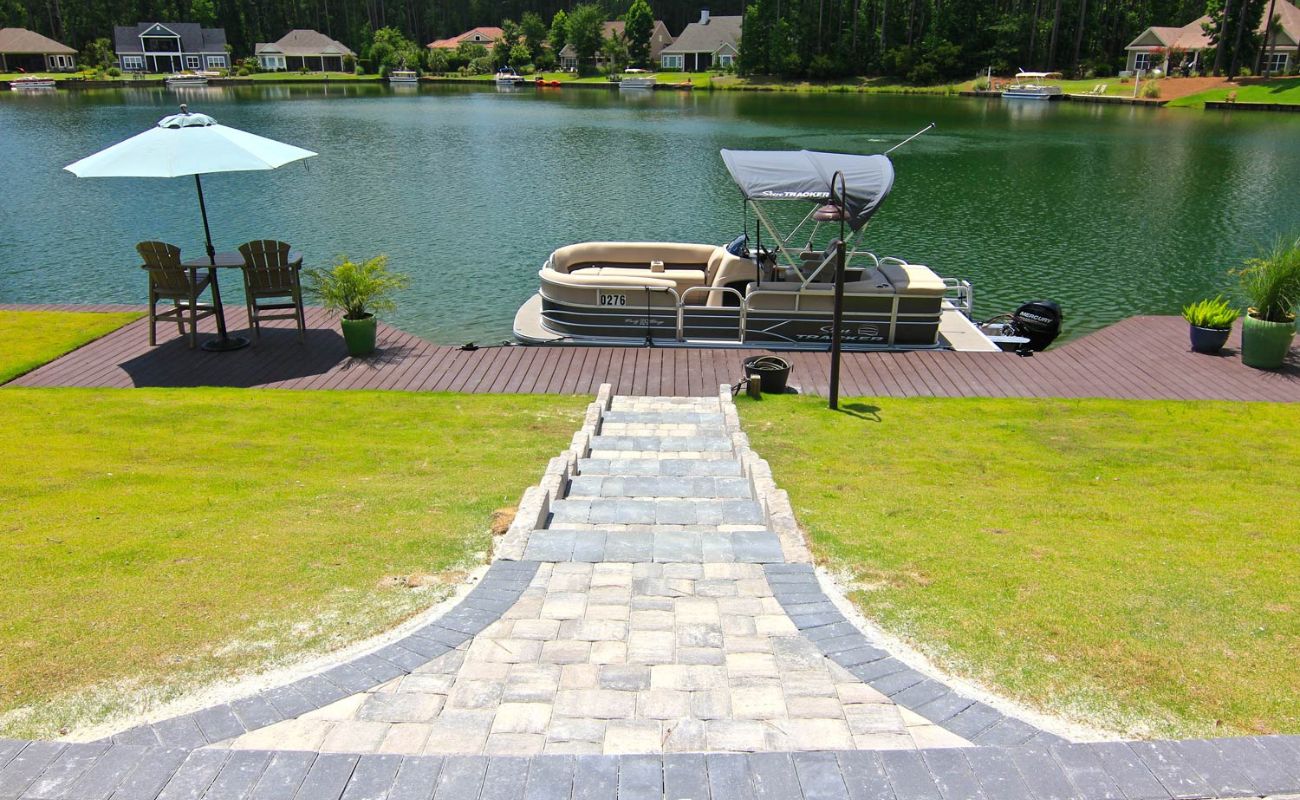
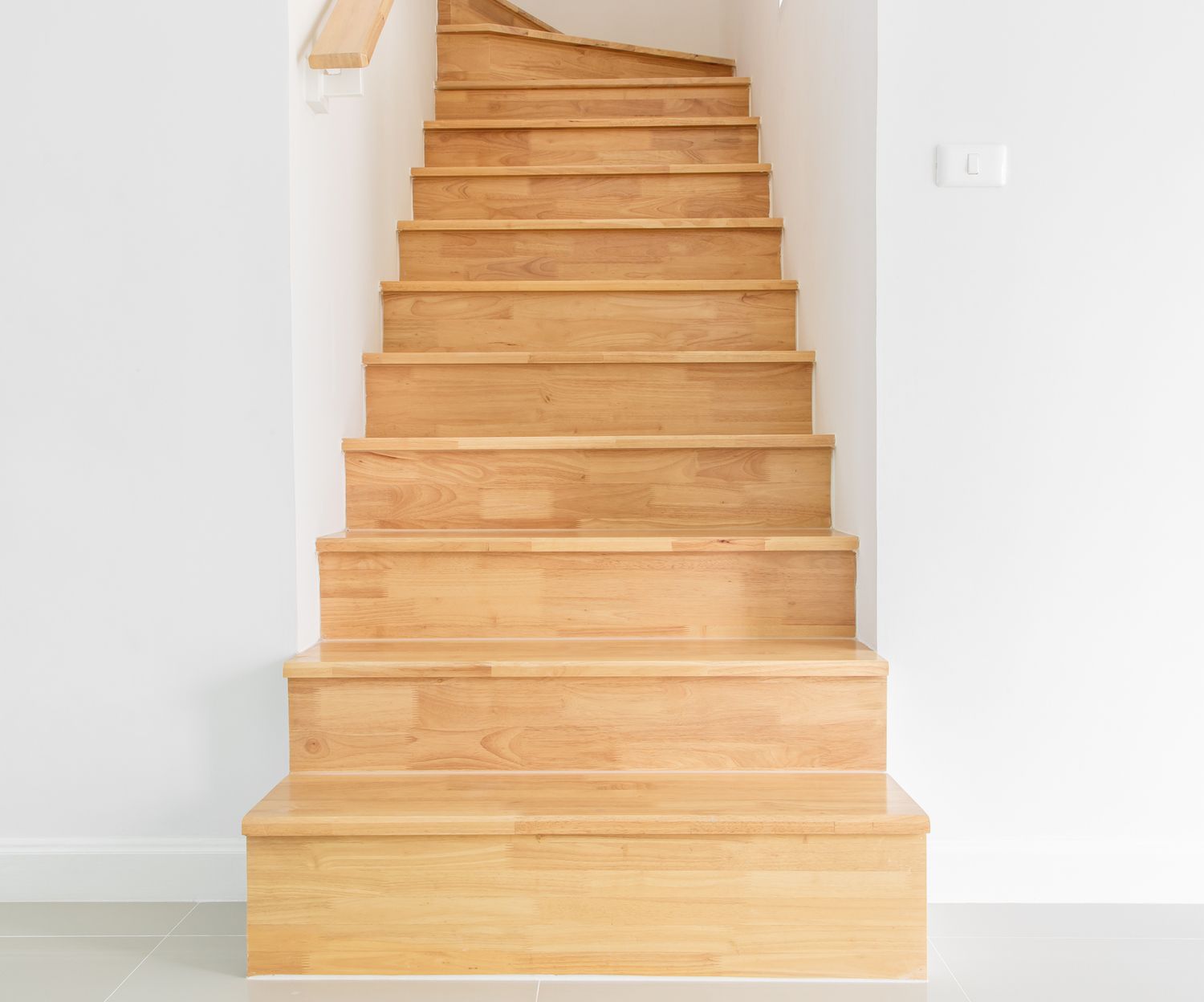
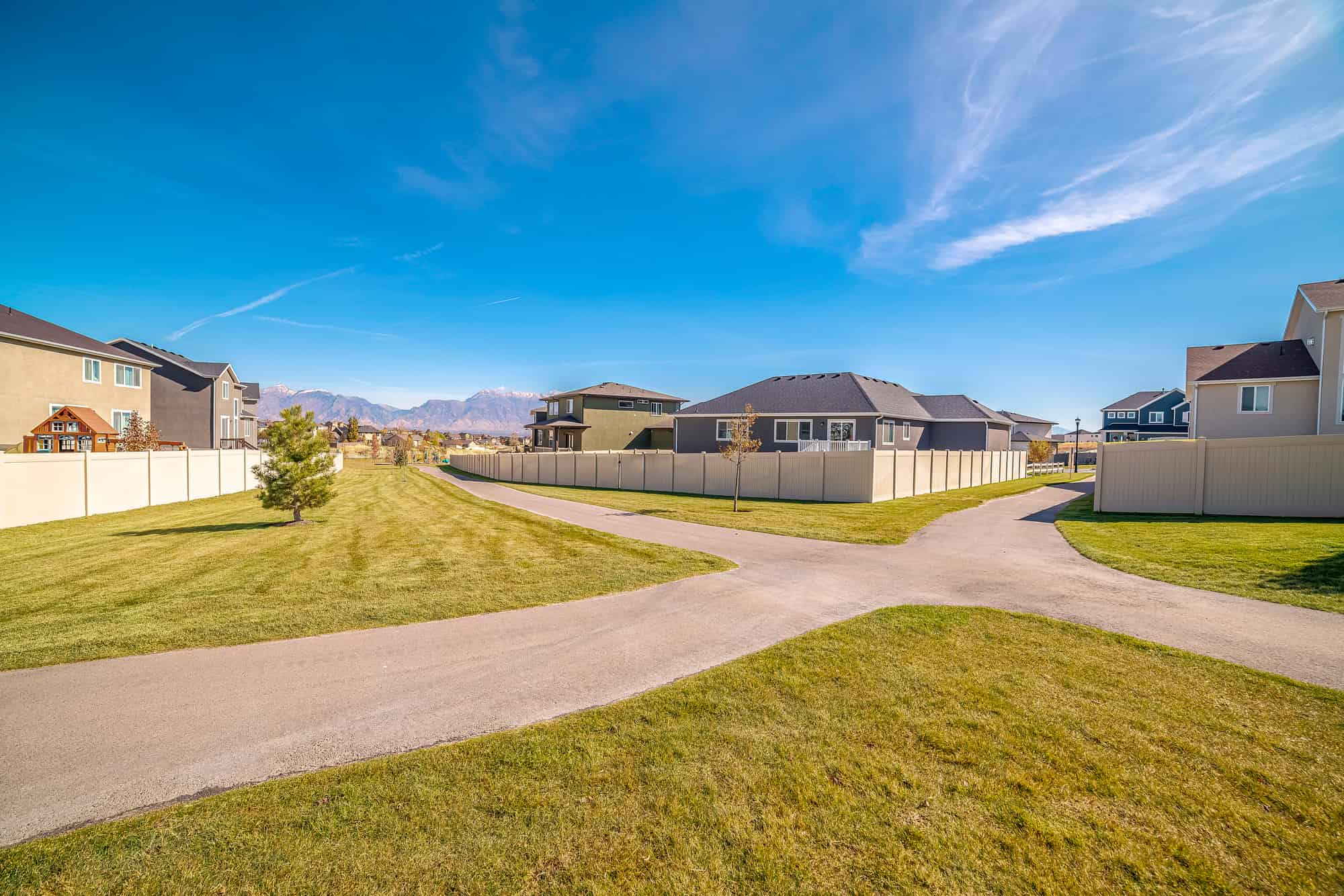
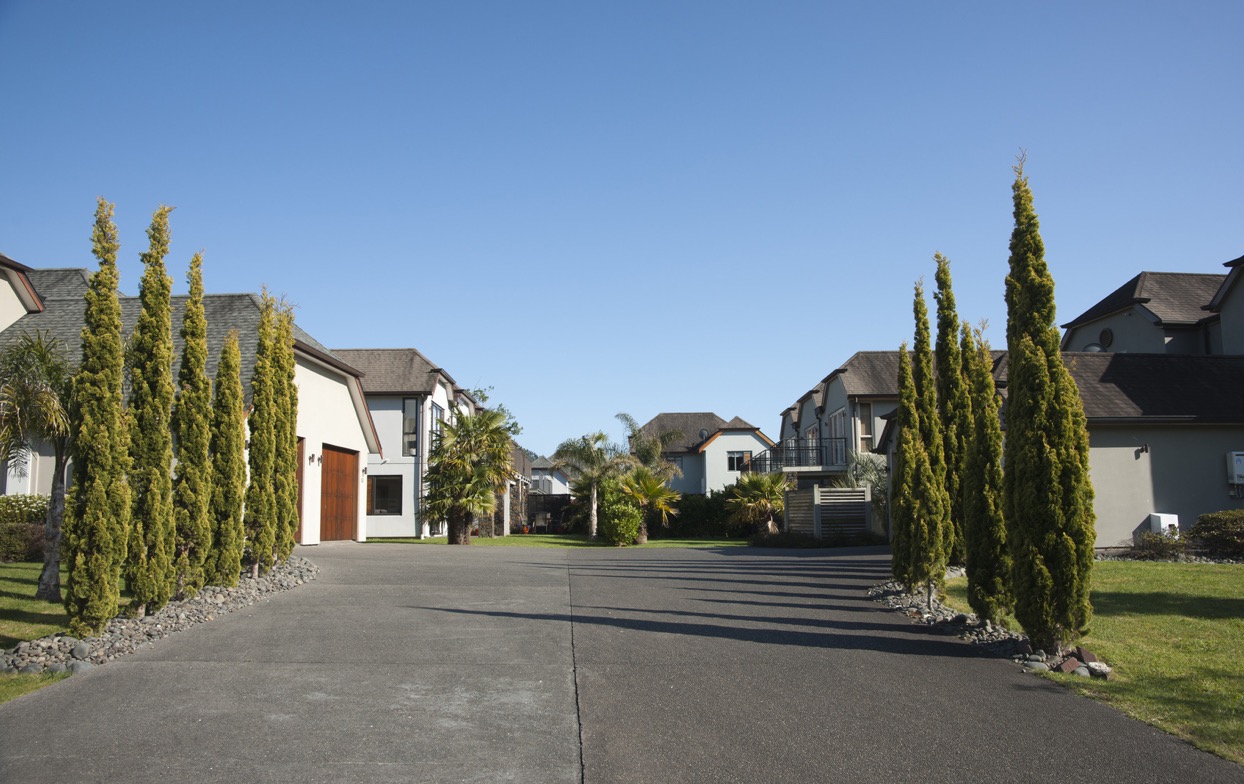
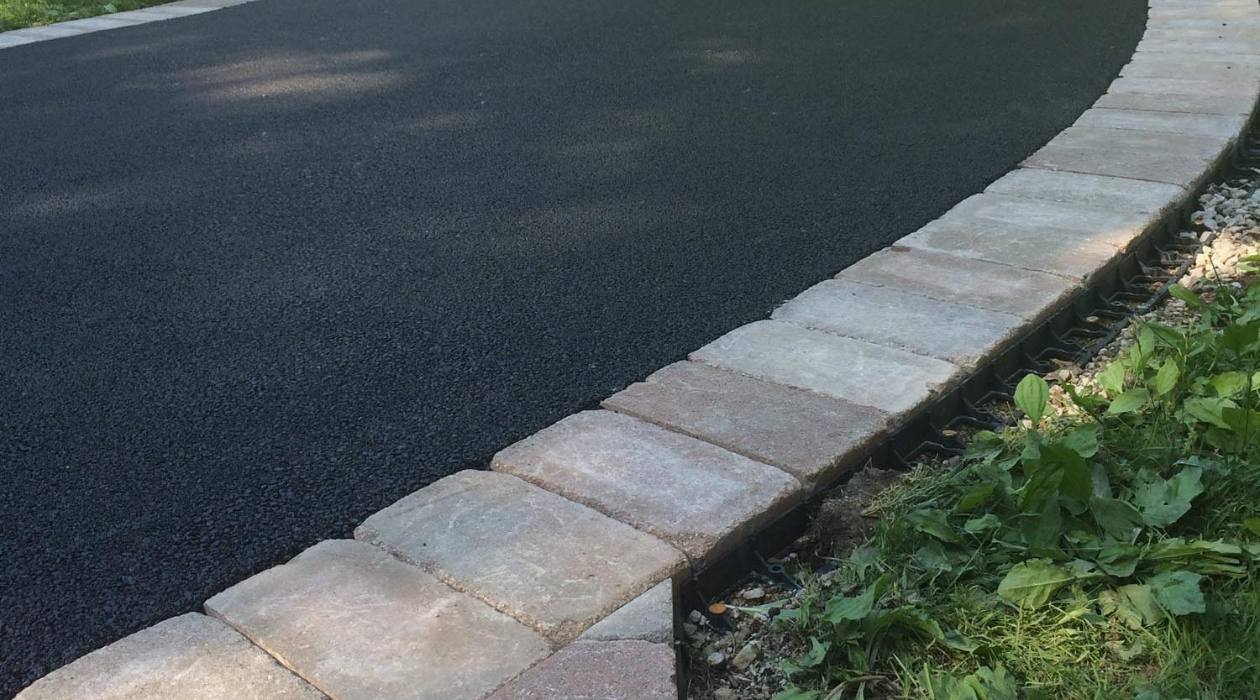
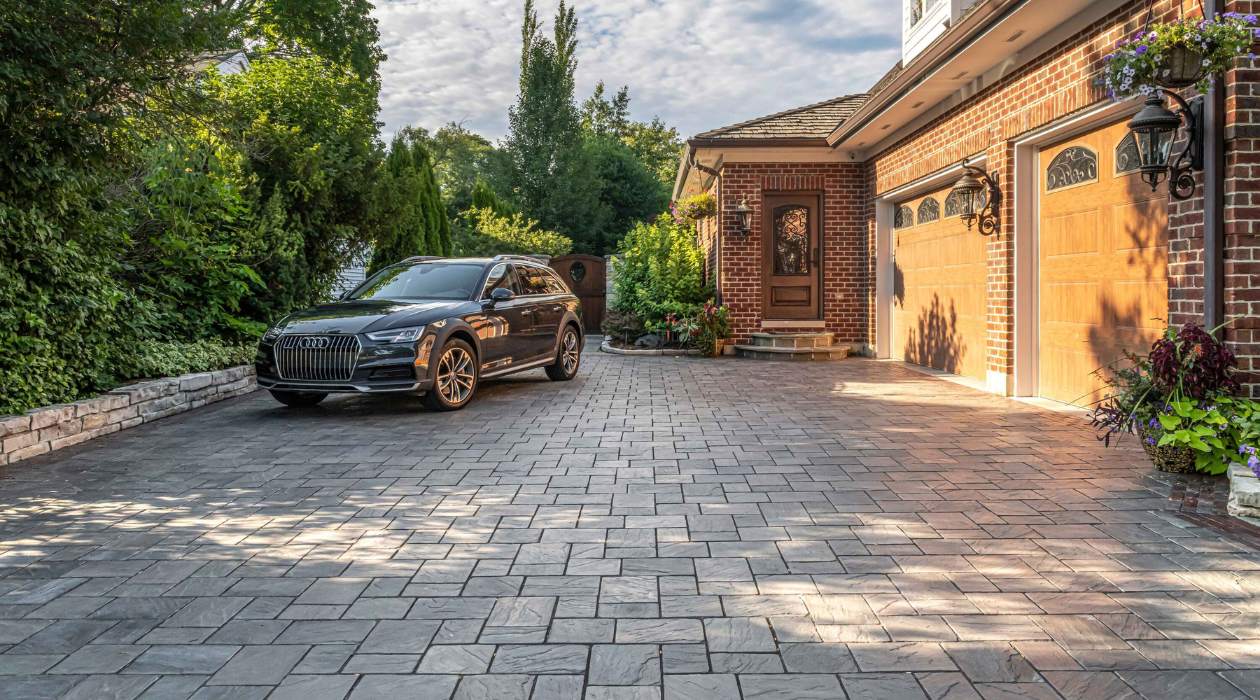
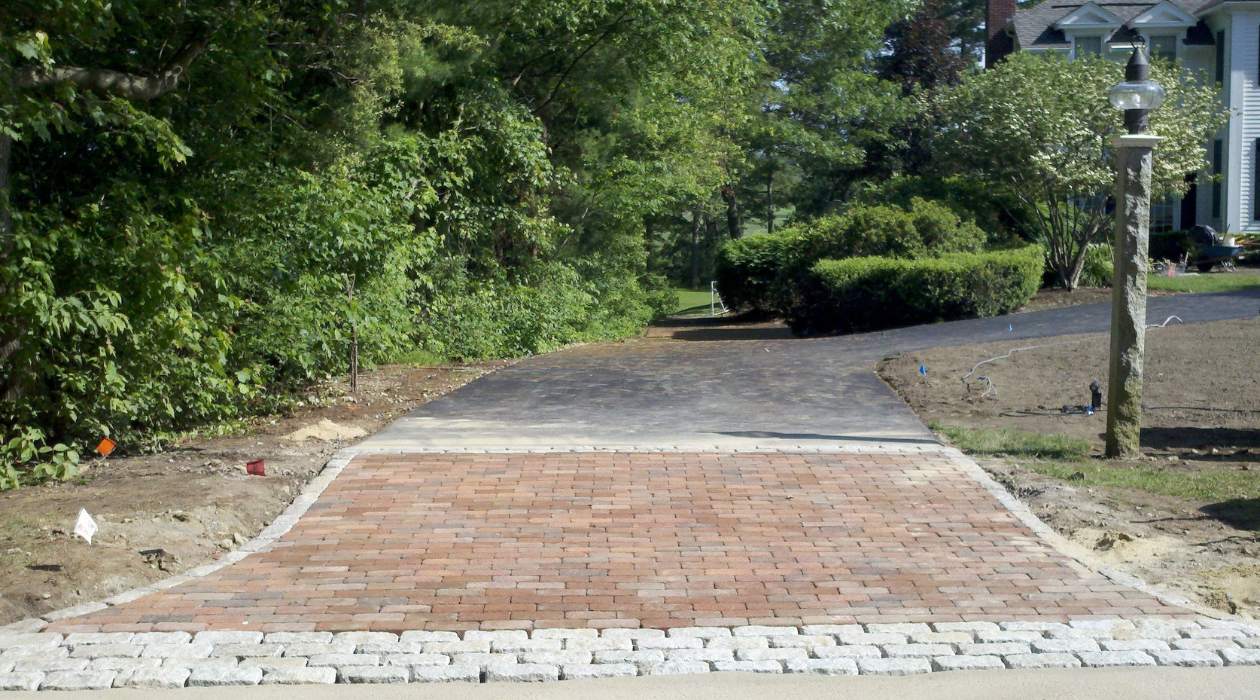
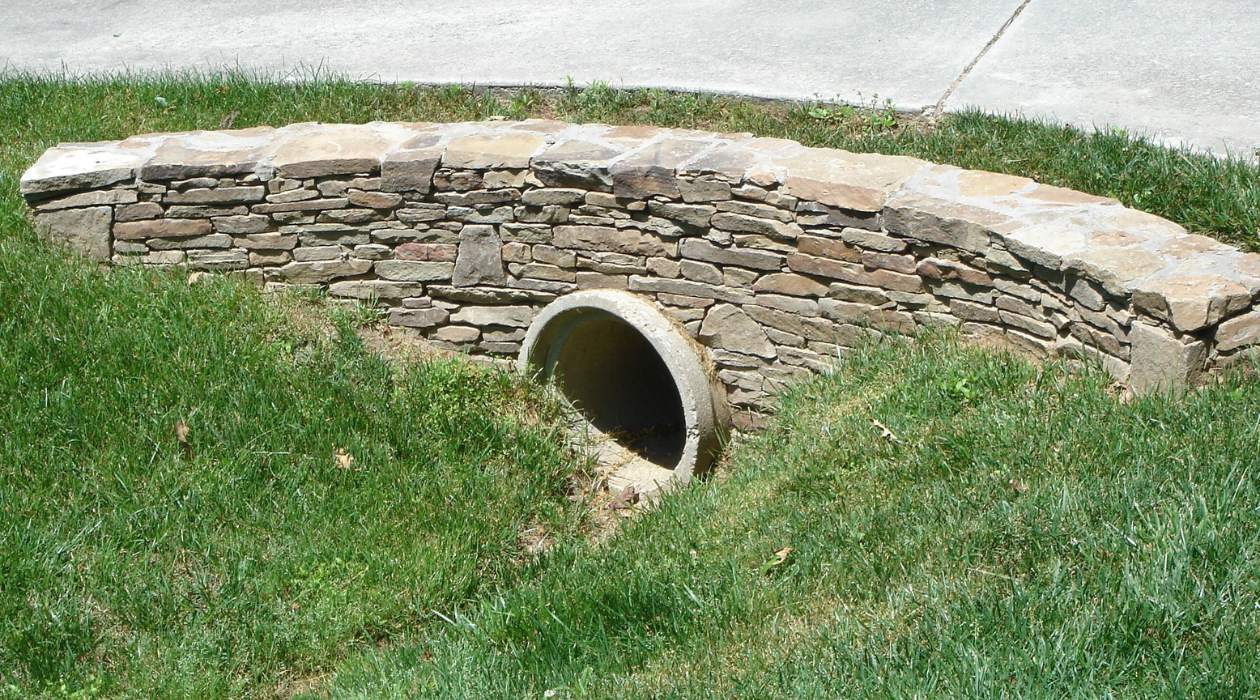


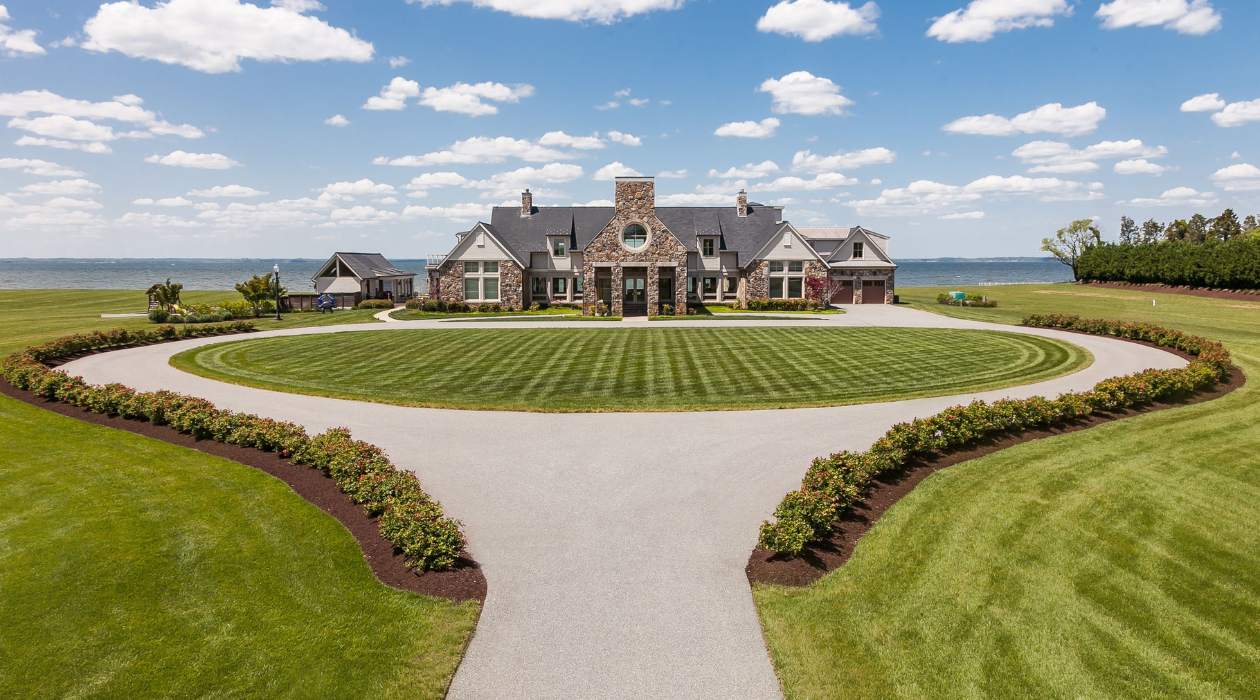
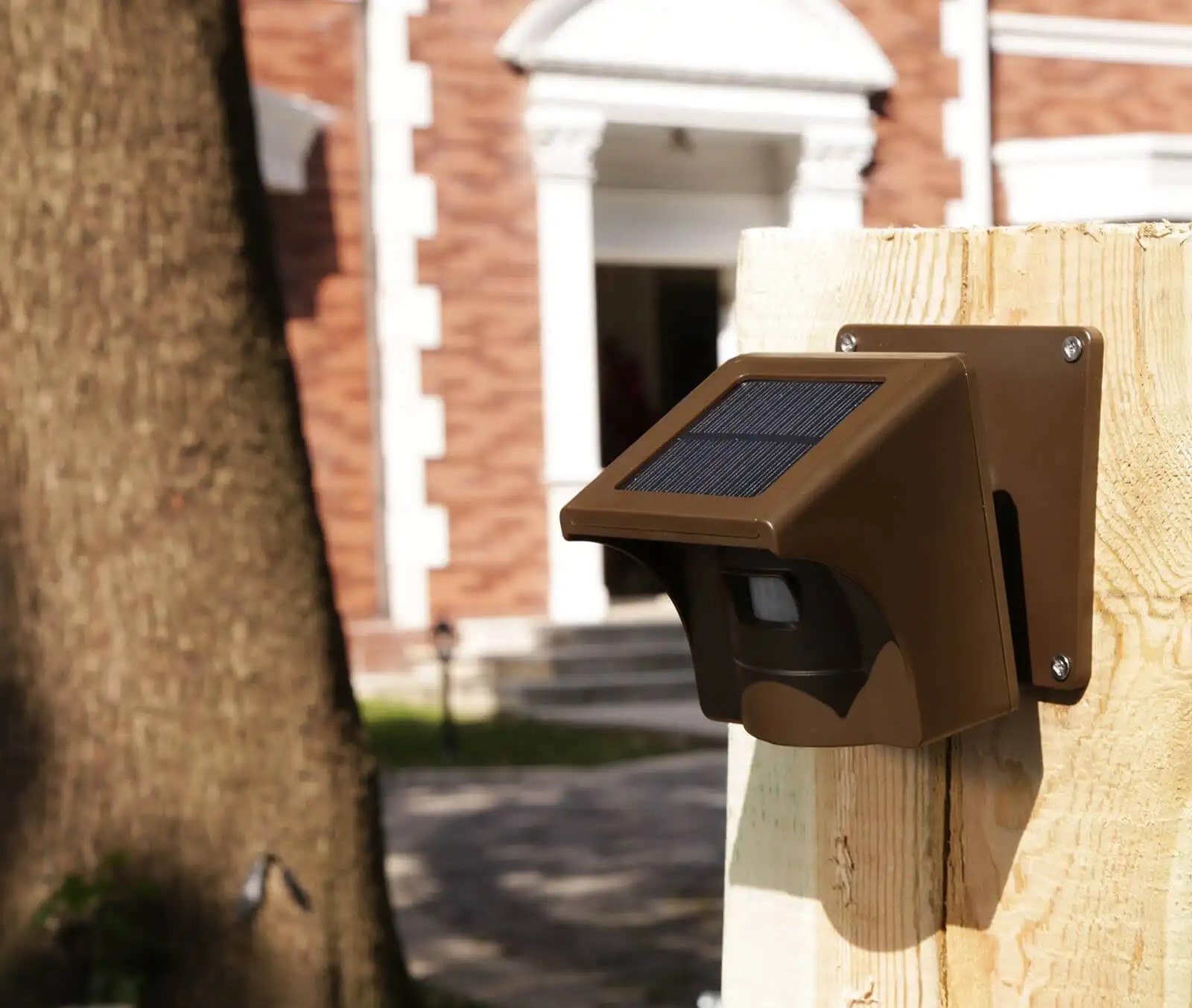
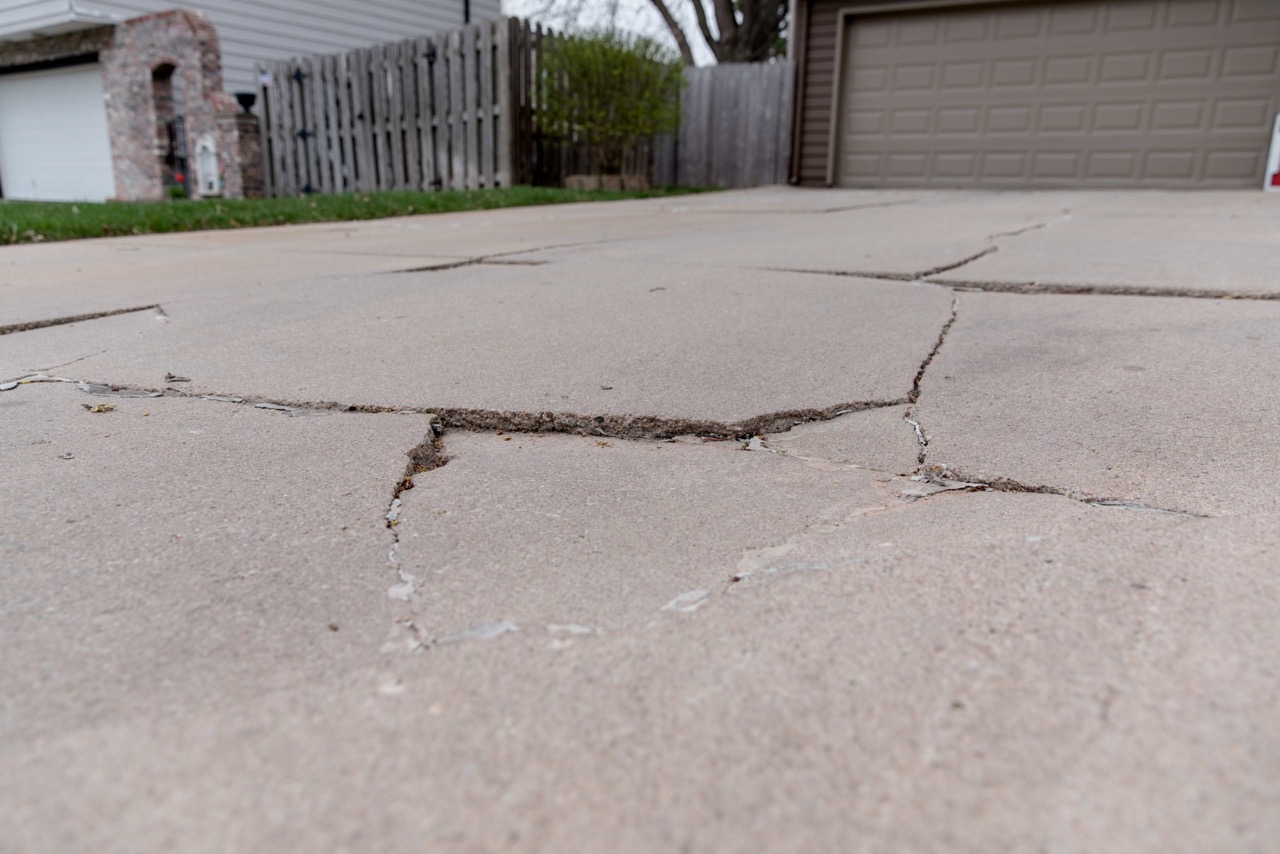

0 thoughts on “What Is The Maximum Slope For A Driveway”